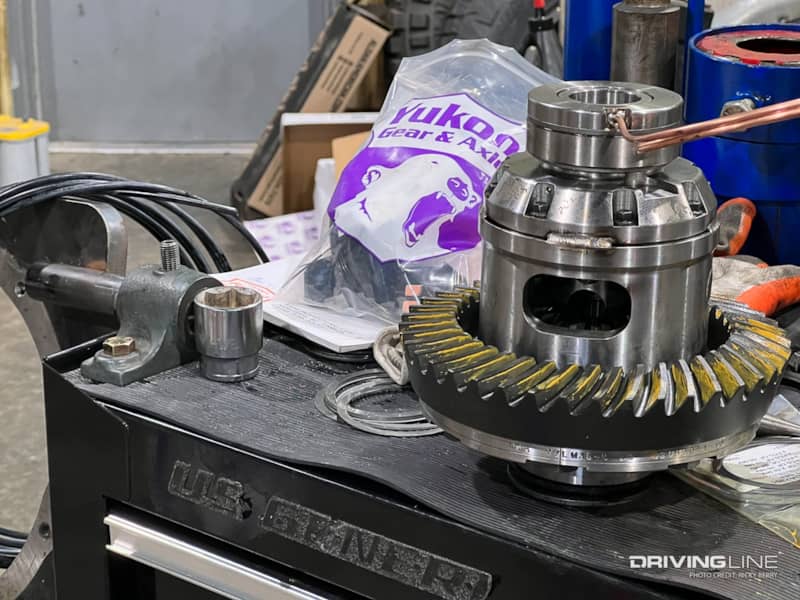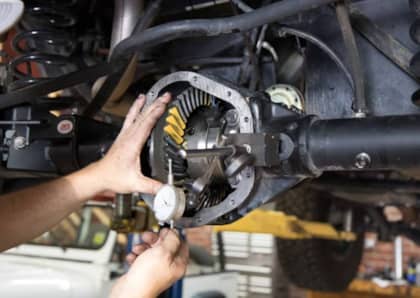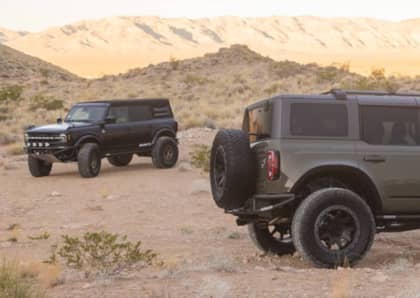Gearing Up For Bigger Tires
In the truck/Jeep world, everyone wants to get bigger tires, and usually that means going as large as possible. Common questions for entry level enthusiasts, especially in the Jeep and truck markets, usually start with “what is the biggest tire…” Usually, going up a size or two doesn’t affect things too much. But when a big jump in tire size happens, performance changes in the negative are common, such as sluggish acceleration, auto transmissions can't find the right gear at highway speeds, and fuel economy drops off. So what's an off-roader to do if they want to get their power back after significantly increasing tire size? The solution is re-gearing.
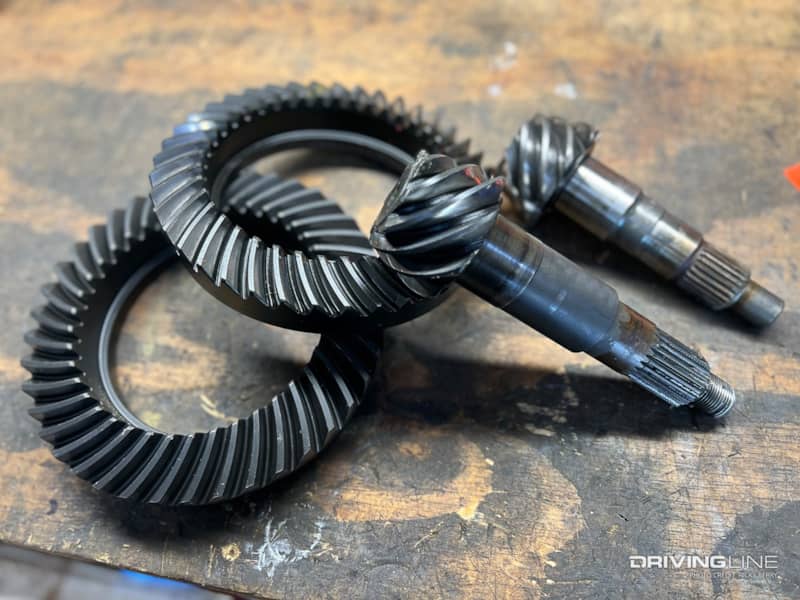
Your axle gear ratio from the manufacturer is determined by a combination of factors. Engine size, tow package, transmission, etc etc. Once you change tire sizes it throws everything off from the original specifications. If you have a big diesel truck with tons of torque, you may not notice it too much (Why you can add bigger tires without new gears to diesel trucks)—but if you have a Jeep with a V6, it can be substantially more noticeable.
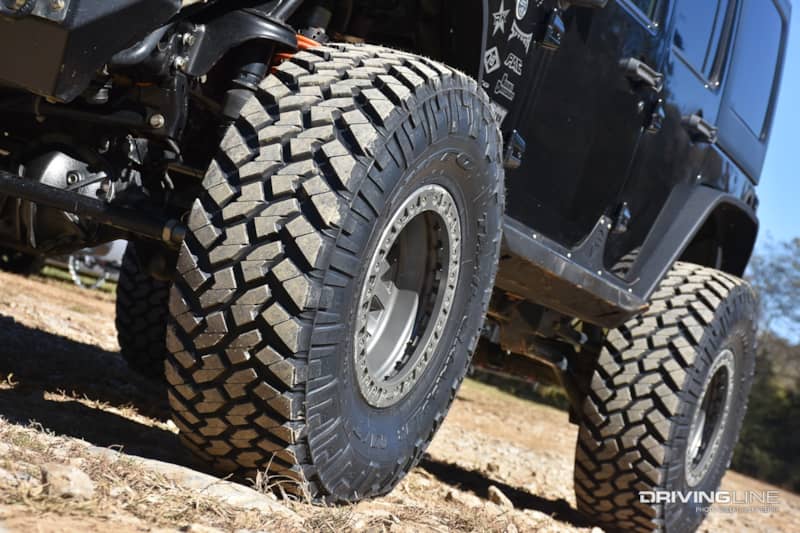
Let's use a Jeep Wrangler JK for an example, as it is one of the most common vehicles to modify with larger tires on the road today. OEM Jeep Rubicon came with 4.10:1 gears in the differentials. This is arguably quite low for a vehicle, especially one not designed to tow. The OEM tire size was about a 32” tall tire. Now lets factor in the 3.8L and 3.6L engines in the Jeep JK are fairly weak in the power department. Combine all this with the fact you’re trying to essentially push a brick-shaped windsail at freeway speeds and you’ve got some struggles ahead when it comes time to upgrade tire sizes.
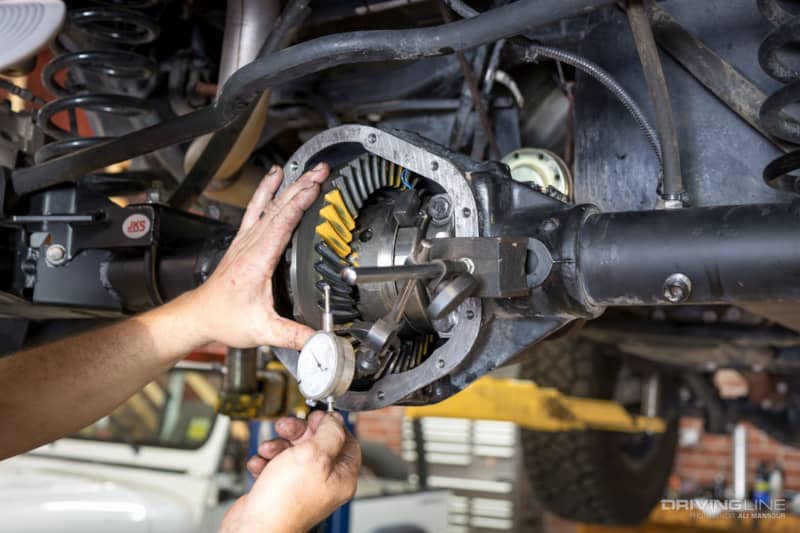
Now if the goal is a 37” tire, it is recommended to run 4.88:1 gears to compensate for the increase in diameter from the 32-inch tall stock tire. However, this ratio calculation does not factor in tire weight, wind resistance, and engine types, so take it as a guideline. That being said, as long as you aren’t trying to break top speed records with your Jeep, 5.13 gears may be another good option.
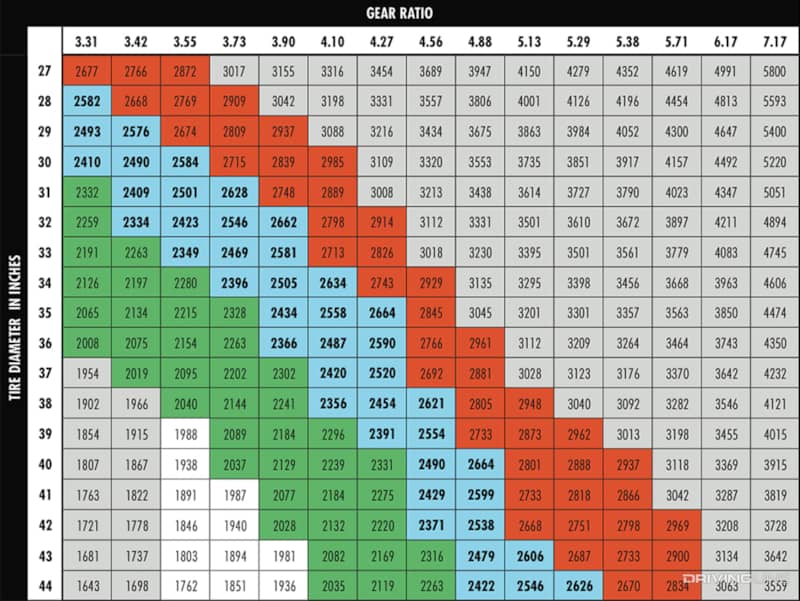
Using the reference chart, you can see the sweet spot for gearing is based off RPM at a certain speed in a certain gear. You can use this guide to steer you in the right direction. However, additional factors like engine size, towing, etc etc can play into your gearing choices. Personally, I prefer a lower that suggested gear for off-road builds. On-road tow rig, I might choose the middle of the road due to fuel economy. It is all about what is right for you and your vehicle. Probably should clarify some confusing gearing jargon after mentioning that above. Numerically high numbers are considered "low" gearing; a 5.13:1 gear ratio is "lower" than a 4.88:1. Clear as mud? Good!
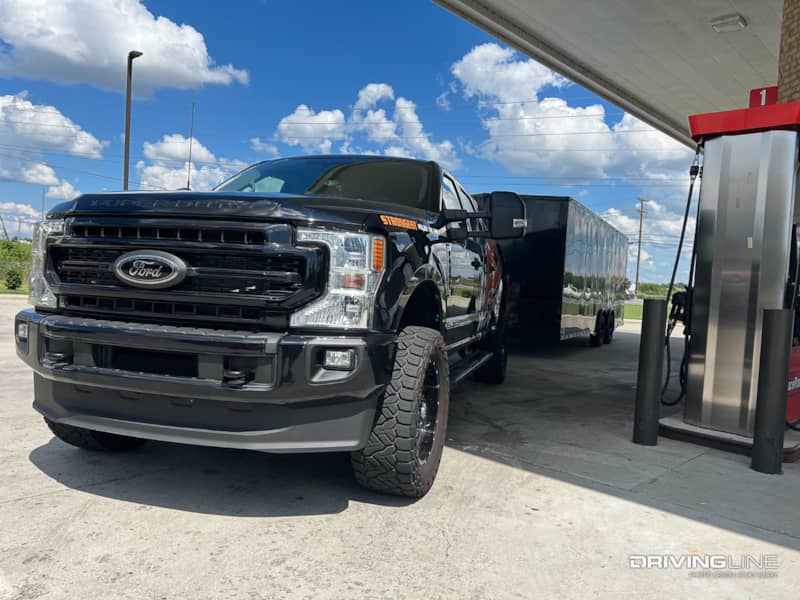
Re-gearing is not only about performance, but longevity of your vehicle. The proper gearing can keep unneeded stress off the transfer case, and transmission components. The cost to re-gear is about the same cost as a new set of tires and wheels, and should be done by a professional, experienced shop. Gear set up is a precision task that requires some specialty tools and extensive knowledge.
